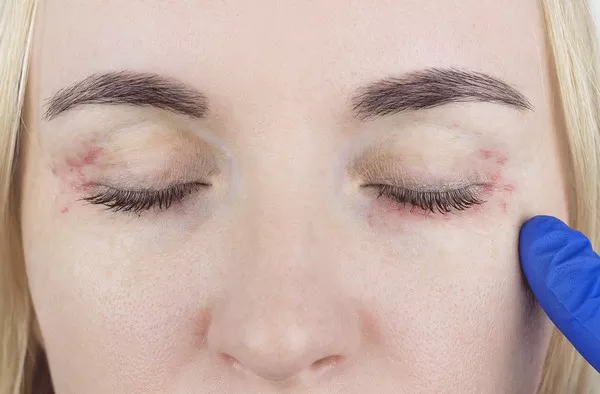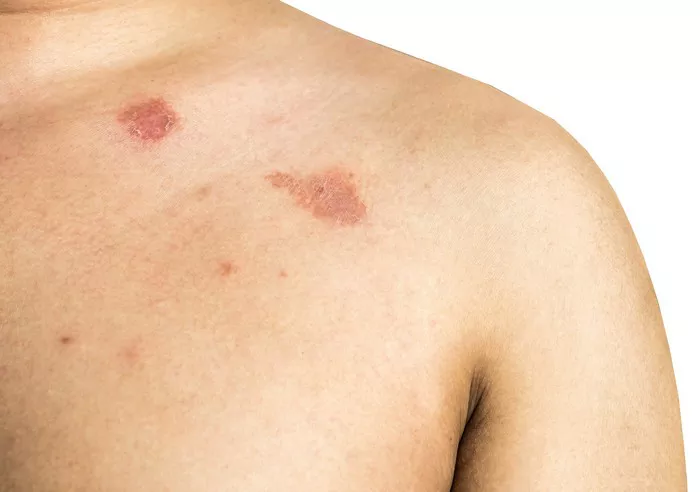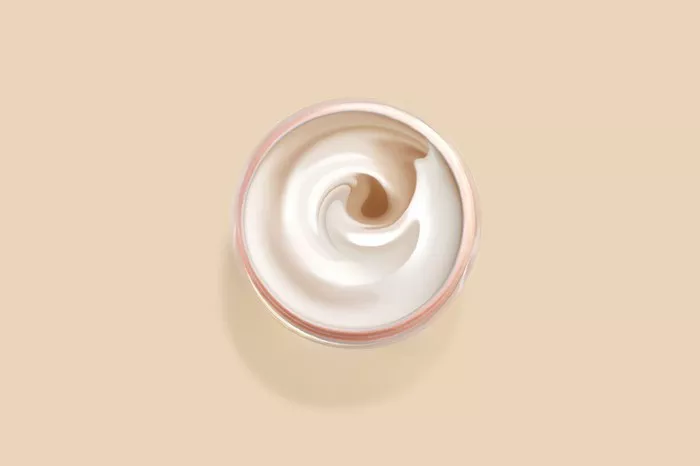Vitiligo is a common, chronic pigmentary disorder that affects approximately 0.5% – 2% of the global population. It is characterized by the appearance of depigmented white patches on the skin, which can occur in any part of the body and may vary in size and shape. These patches are a result of the loss of melanocytes, the cells responsible for producing melanin, the pigment that gives color to our skin, hair, and eyes. The development of vitiligo not only impacts an individual’s physical appearance but can also have significant psychological and social consequences, leading to reduced self-esteem and quality of life.
The exact etiology of vitiligo remains elusive, but it is widely believed to be a multifactorial disorder. Research over the years has pointed towards a combination of genetic, autoimmune, oxidative stress, and environmental factors playing a role in its pathogenesis. Unraveling the complex web of interactions between these elements is essential for a comprehensive understanding of how vitiligo develops. In the following sections, we will explore each of these factors in detail.
Genetic Factors
Genetic Predisposition: Family and twin studies have provided strong evidence for a genetic component in vitiligo. It has been observed that individuals with a first-degree relative affected by vitiligo have a significantly higher risk of developing the condition themselves. The heritability of vitiligo is estimated to be around 20% – 30%, suggesting that genetic factors play a substantial role.
Susceptibility Genes: Multiple genes have been identified as being associated with an increased susceptibility to vitiligo. These genes are involved in various biological processes, such as immune regulation, melanocyte function, and apoptosis. For example, genes like NALP1, PTPN22, and CTLA4 have been implicated. Mutations or polymorphisms in these genes can disrupt normal cellular functions and potentially trigger the development of vitiligo.
Immune System Dysfunction
Autoimmune Response: One of the leading theories in vitiligo pathogenesis is that it is an autoimmune disease. In patients with vitiligo, the immune system mistakenly attacks and destroys melanocytes. This autoimmune reaction is thought to be mediated by autoreactive T cells, which recognize melanocyte antigens as foreign and initiate an immune response. The presence of autoantibodies against melanocyte proteins, such as tyrosinase and gp100, further supports the autoimmune hypothesis.
Cytokine Imbalance: An imbalance in cytokines, the signaling molecules of the immune system, is also observed in vitiligo. There is an overproduction of pro-inflammatory cytokines, such as interferon-gamma (IFN-γ), tumor necrosis factor-alpha (TNF-α), and interleukin-17 (IL-17), which can directly damage melanocytes and create an inflammatory microenvironment that is unfavorable for melanocyte survival.
Oxidative Stress
Reactive Oxygen Species (ROS) Generation: Oxidative stress occurs when there is an excessive production of reactive oxygen species (ROS) in the body, overwhelming the antioxidant defense mechanisms. In vitiligo, several factors contribute to increased ROS generation. These include environmental stressors like ultraviolet (UV) radiation, chemical exposures, and psychological stress. Melanocytes are particularly vulnerable to oxidative damage due to their high metabolic activity.
Antioxidant Deficiency: In addition to increased ROS production, patients with vitiligo often have a deficiency in antioxidants, such as glutathione, catalase, and superoxide dismutase. This further exacerbates the oxidative stress imbalance, leading to lipid peroxidation, protein oxidation, and DNA damage in melanocytes, ultimately resulting in their death.
Environmental Factors
UV Radiation: Exposure to ultraviolet (UV) radiation is a well-known environmental factor associated with vitiligo. While moderate UV exposure is beneficial for vitamin D synthesis and can have immunosuppressive effects, excessive or improper UV exposure can trigger oxidative stress and immune activation in the skin. In some cases, sunburns have been reported to precede the onset of vitiligo lesions.
Chemical Exposures: Certain chemicals, such as phenolic compounds found in industrial products, cosmetics, and some medications, have been implicated in vitiligo development. These chemicals can disrupt melanocyte function and induce oxidative stress or immune responses. For example, monobenzyl ether of hydroquinone, which was once used in skin-lightening creams, was found to cause vitiligo-like depigmentation.
Psychological Stress: Although the relationship between psychological stress and vitiligo is complex and not fully understood, numerous studies have suggested an association. Stress can modulate the immune system and increase oxidative stress levels. It is hypothesized that chronic stress may trigger or exacerbate vitiligo through its effects on the hypothalamic-pituitary-adrenal (HPA) axis and subsequent immune dysregulation.
Other Factors
Neural Factors: There is evidence to suggest that the nervous system may play a role in vitiligo development. Nerve endings release neuropeptides, such as substance P and calcitonin gene-related peptide (CGRP), which can have immunomodulatory and melanocyte-stimulating effects. Disruptions in neural signaling or local nerve damage may contribute to the development of vitiligo.
Microbial Infections: Some researchers have proposed a possible link between microbial infections and vitiligo. It is thought that certain infections could trigger an immune response that cross-reacts with melanocyte antigens. However, the exact nature of this relationship and the specific microbes involved require further investigation.


























